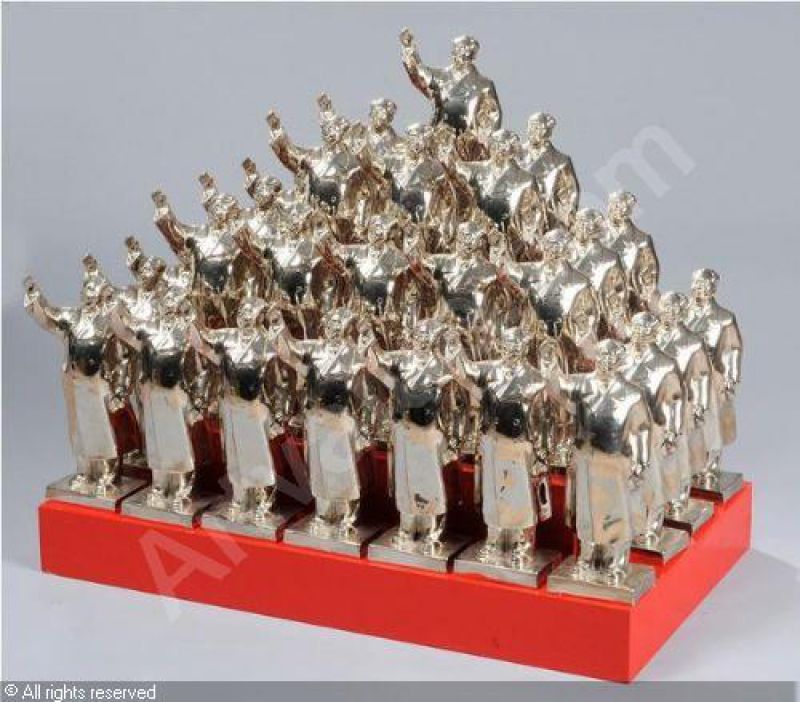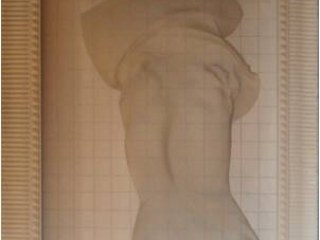Add to cartEnquire
Chat with us on WhatsApp
Chat with us on WhatsApp
About the artwork
Huang Gang's sculptures of Mao communicate the belief that Mao was two-thirds beneficial and one-third detrimental to China's well-being. His ambivalence about Mao's legacy is shared by many of his compatriots, who acknowledge Mao as a benevolent leader despite his record of cruelty.
About the artist
Born in Beijing in 1961, Huang Gang studied at the China Central Academy of Art and Design, graduating with a B.A. in Fine Art, followed by an M.A. in Environmental Art in 1991. Huang Gang was surrounded by traditional Chinese art and calligraphy since he was a child and, in the 1980s, developed an interest in traditional Tibetan culture which inspired him to incorporate Tibetan methods and motifs in his work. Huang Gang’s preoccupation with traditional Chinese and Tibetan culture comes as a response to the rapid socio-economic transformation in China throughout the 1990s. Recognized internationally, Huang Gang won the Ikuo Hirayama award in 1991 and the Silver Award at the 1st Beijing International Environmental Art Exhibition in 1995.
Go to Huang Gang's profile ›


